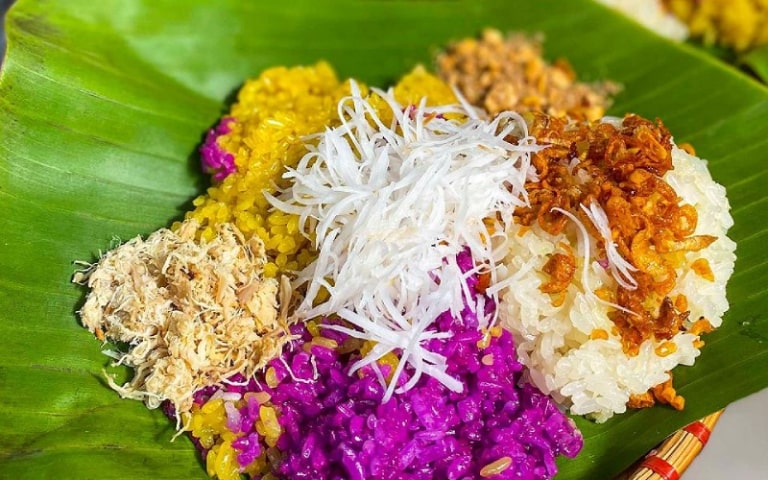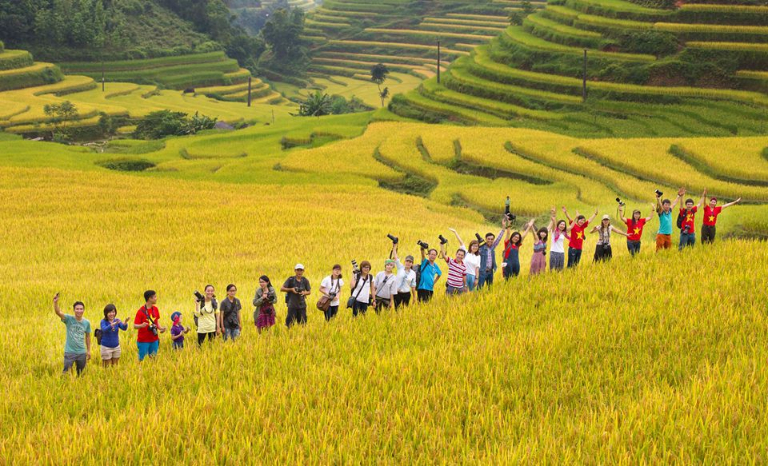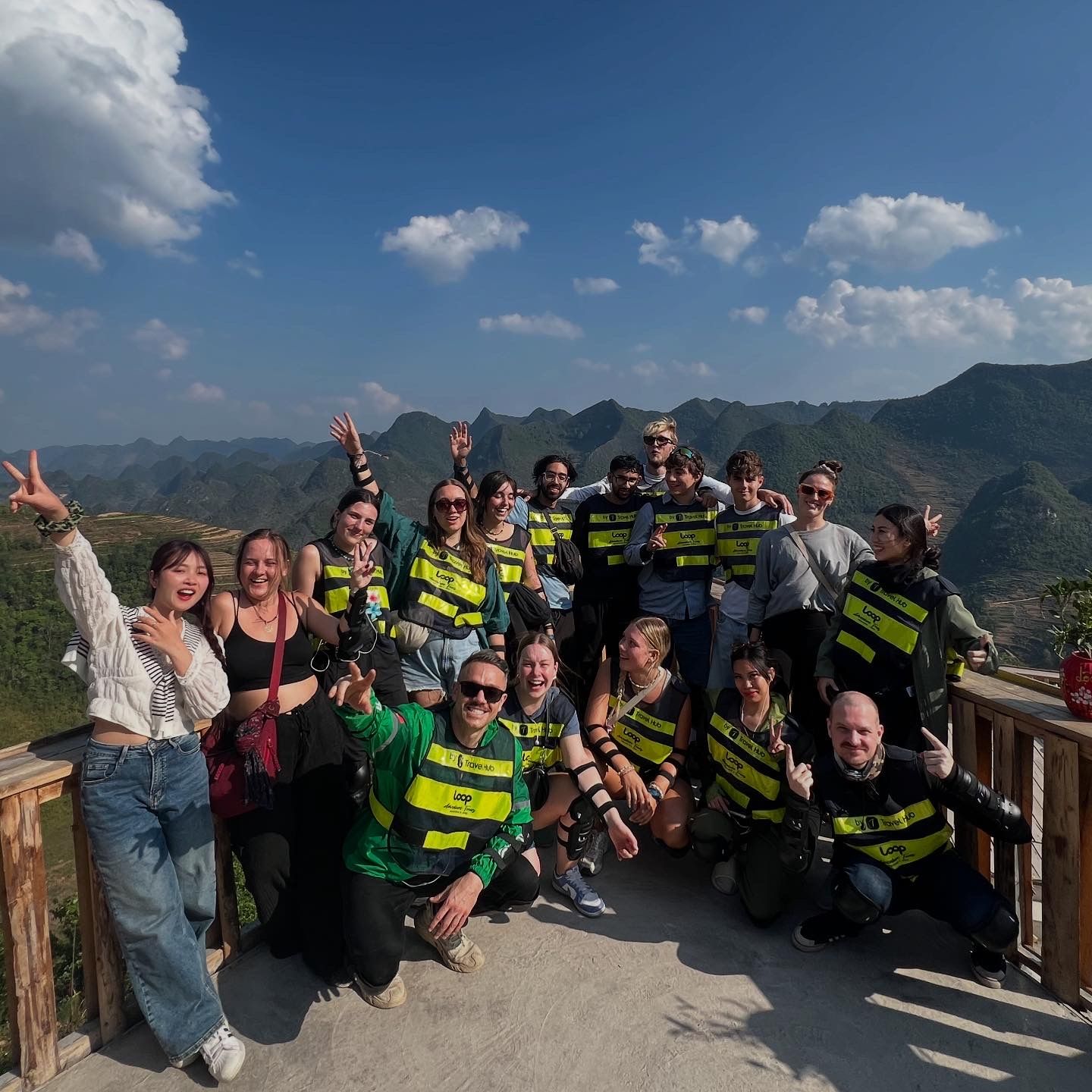Ha Giang, Vietnam’s northernmost province, is famous for its winding mountain passes, limestone peaks, terraced rice fields, and vibrant ethnic cultures. But beyond the dramatic landscape, one of the most captivating elements of Ha Giang’s heritage is folk music.
Passed down through generations, Ha Giang folk music reflects the daily lives, love stories, beliefs, and spiritual worldviews of local ethnic communities such as the Hmong, Tay, Dao, Lo Lo, Nung, and Giay. Each group brings its own melodies, rhythms, instruments, and performance styles, creating a remarkable mosaic of northern Vietnamese sound culture.
Whether you are a cultural traveler, a researcher, or simply someone with a deep interest in traditional arts, exploring Ha Giang’s folk music traditions will enrich your understanding of the region’s identity and history.
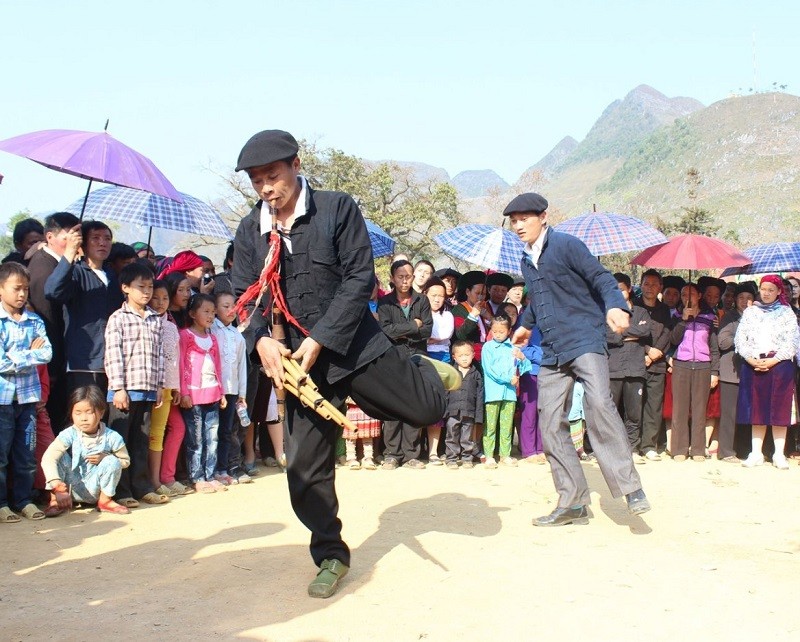
Perfect Tours for You:
The Diversity of Ha Giang Folk Music Traditions
With more than a dozen ethnic groups living across mountains and valleys, Ha Giang hosts an array of folk music styles. Music is present in daily life, community celebrations, harvest festivals, weddings, and spiritual ceremonies.
Hmong Folk Music
The Hmong community is known for its emotional, poetic, and deeply symbolic music. Their melodies often express:
-
Love and longing
-
Stories of migration
-
Nature’s rhythms
-
The bond between humans and the spiritual world
Hmong music is typically slow, soulful, and played on unique traditional instruments.

Tay and Nung Folk Music
The Tay and Nung people are masters of lyrical singing. Their folk songs are gentle, emotional, and often accompanied by bamboo or string instruments. These communities use music during:
-
Courtship rituals
-
Rice festivals
-
Family gatherings
-
Traditional dances
Their soothing melodies capture the harmonious lifestyle of valley-dwelling communities.
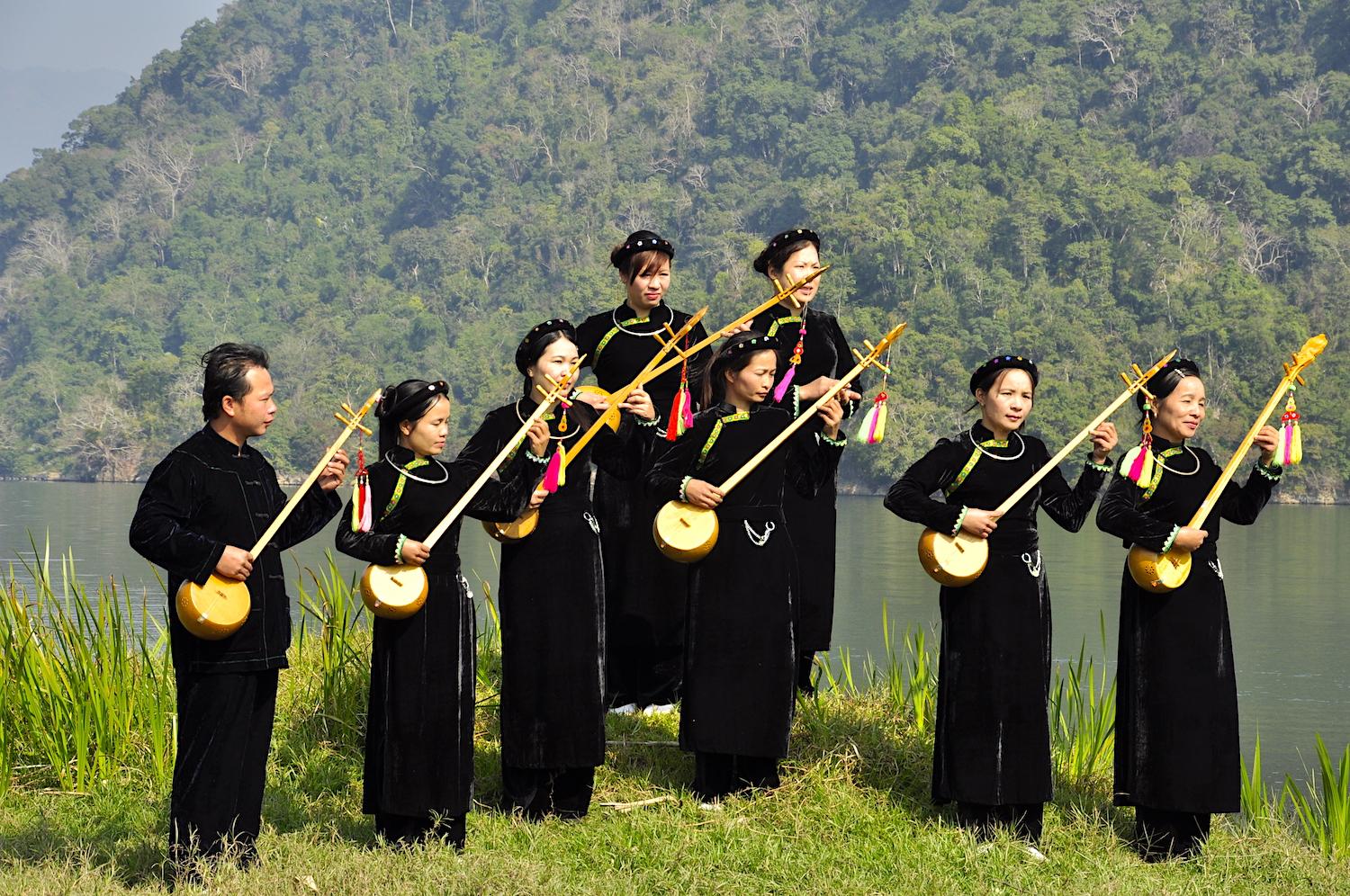
Dao and Lo Lo Music
The Dao and Lo Lo groups bring rhythmic, energetic, and ritualistic music to Ha Giang’s cultural landscape. Their performances combine:
-
Drums
-
Cymbals
-
Wind instruments
-
Colorful costume dances
This music style is typically used in spiritual ceremonies, New Year celebrations, and ancestral rites.
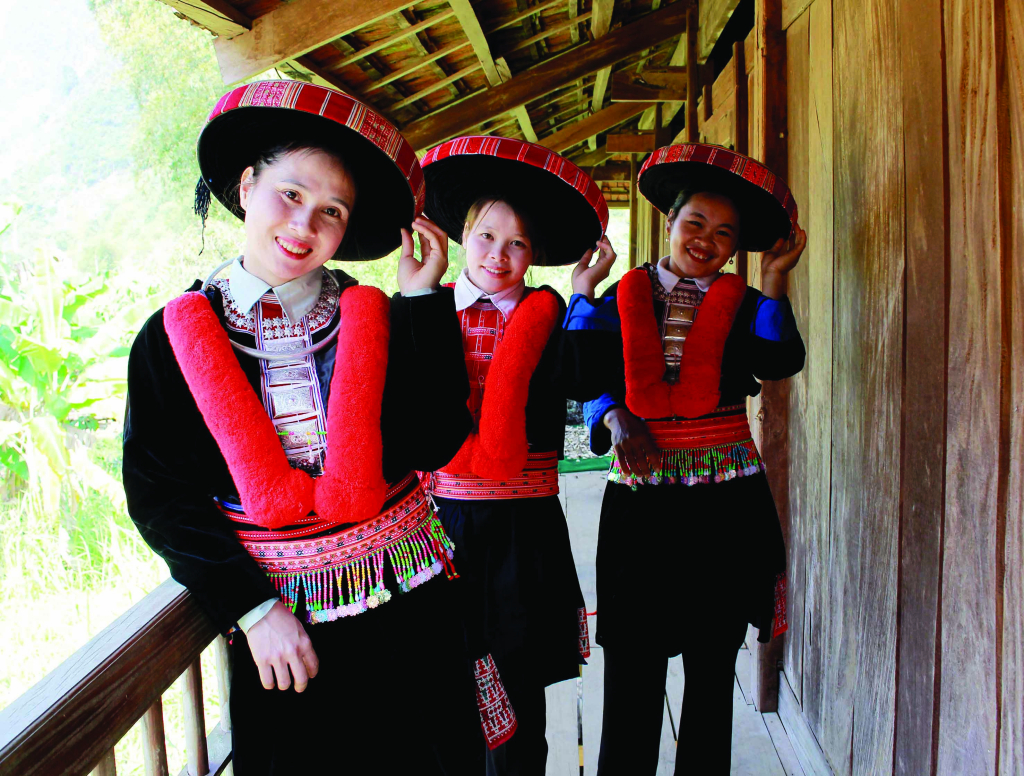
Traditional Instruments in Ha Giang Folk Music
A fascinating aspect of Ha Giang’s music culture is the variety of unique, handcrafted traditional instruments.
The Hmong “Khen” (Panpipe)
The khen is the most iconic folk instrument in Ha Giang. Its structure includes bamboo pipes attached to a wooden chamber. The khen’s sound resembles both a flute and an organ, producing long, echoing notes that carry across mountain valleys.
The Hmong use the khen for:
-
Love courting
-
New Year festivals
-
Dancing
-
Spiritual communication
Khen melodies often express emotions that words cannot convey.

The “Dan Tinh” of the Tay People
The dan tinh, a two- or three-stringed lute, is central to Tay music. It has a soft, melodic tone used to accompany songs during ceremonies, weddings, and lullabies.
Its gentle sound is said to soothe the soul and connect people to their ancestors.
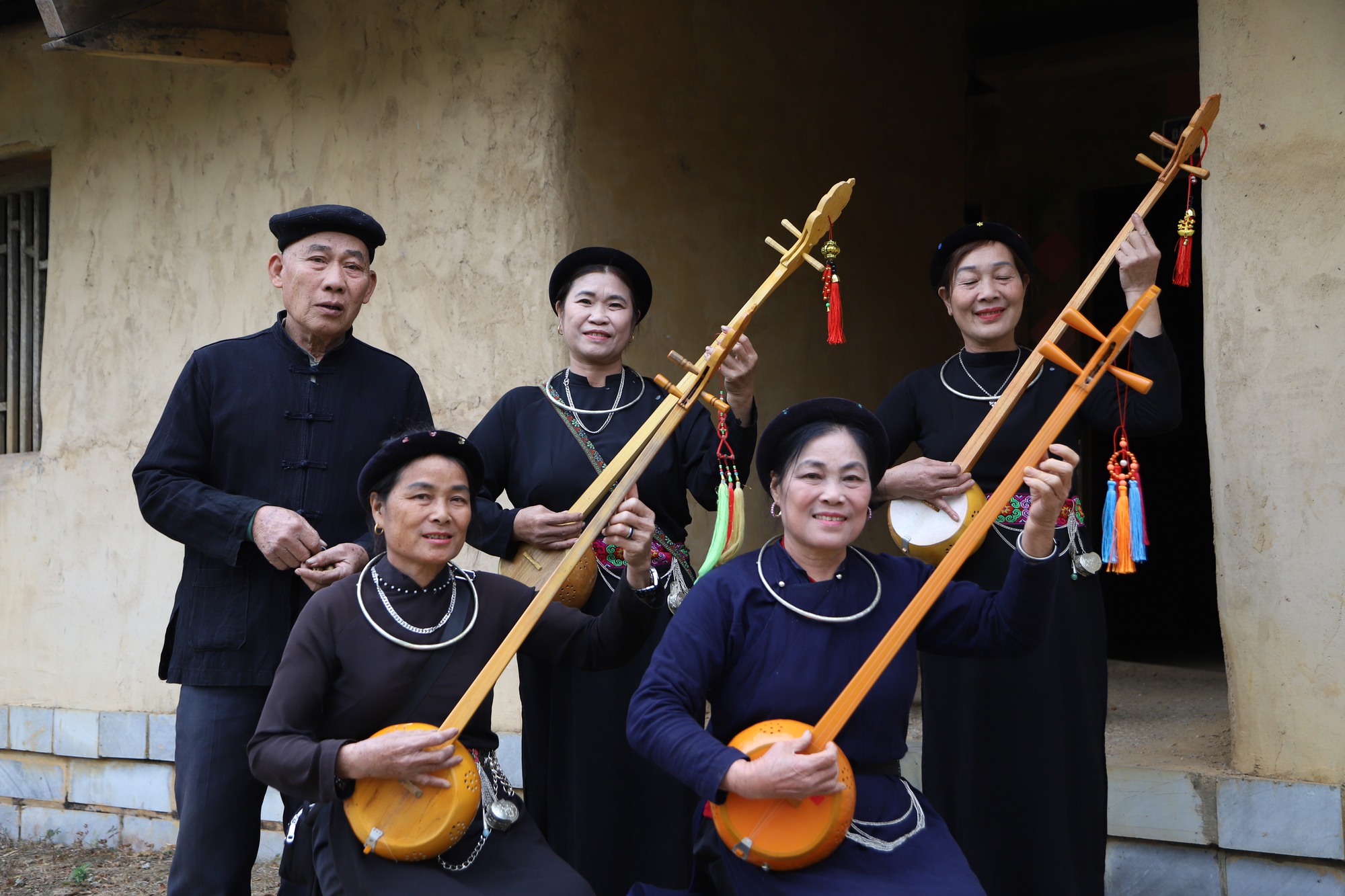
Lo Lo Drums and Ritual Instruments
The Lo Lo ethnic group is known for their vibrant drumming culture. Their drums - decorated with geometric patterns - are used in:
-
Rain-invoking rituals
-
Harvest festivals
-
Buffalo ceremonies
-
Community dances
The rhythms symbolize the heartbeat of nature and the strength of the Lo Lo people.
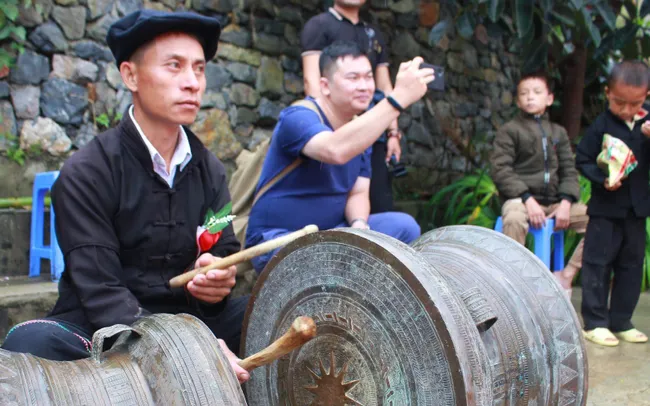
Mouth Harps, Flutes and Bamboo Whistles
Other local instruments include:
-
Mouth harps (đàn môi) used for courtship
-
Bamboo flutes (sáo) played during festivals
-
Small bamboo whistles used by shepherds
-
Wooden xylophones from local forests
Together, they form the signature sound of Ha Giang’s highlands.

Folk Songs and Performance Styles
Ha Giang folk music isn’t just about instruments - it is also about singing traditions and performance rituals.
Hmong Love Songs (Hát Giao Duyên)
Hmong love songs are poetic dialogues sung between young men and women during festivals or market days. These songs communicate:
-
Affection
-
Questions of destiny
-
Hopes for marriage
They often blend singing with khen dancing, creating emotional and symbolic performances.

Tay “Then” Singing
“Then” singing is a spiritual music form practiced by Tay shamans. It involves chanting, storytelling, and lute accompaniment. Themes include:
-
Prayers for health
-
Protection rituals
-
Legends and creation myths
Today, Then singing is recognized as an important cultural heritage in northern Vietnam.

Dao Ceremonial Music
Dao communities perform music during:
-
Fire dance festivals
-
Coming-of-age rituals
-
Ancestor worship ceremonies
This style uses drums, bells, and gongs to create powerful, rhythmic soundscapes.

Lo Lo Festival Music
The Lo Lo combine drums, costumes, and synchronized dance movements. Their performances can be seen during:
-
Lunar New Year
-
Agricultural celebrations
-
Traditional weddings
Each rhythm tells a story of bravery, harvest, or spiritual meaning.
Where to Experience Ha Giang Folk Music Today
Travelers can discover authentic folk music experiences in many parts of Ha Giang.
Weekly Ethnic Markets
Ha Giang’s Sunday markets - Dong Van, Meo Vac, Sa Phin - often host spontaneous performances from ethnic musicians.
Cultural Villages and Homestays
Villages such as:
-
Lung Tam (Hmong)
-
Lung Cu (Lo Lo)
-
Nam Dam (Dao)
-
Ban Tha (Tay)
regularly hold cultural nights featuring local music and dance.
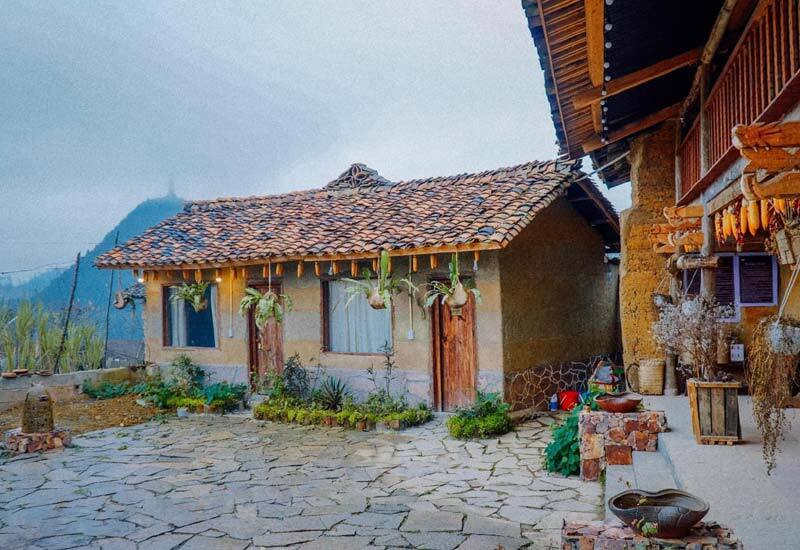
Festivals and Annual Celebrations
Major events include:
-
Khau Vai Love Market
-
Hmong New Year
-
Harvest festivals
-
Traditional ceremonies in Hoang Su Phi
These occasions are the best opportunities to witness folk music in its cultural context.
Preserving Ha Giang Folk Music in the Modern Era
While tourism brings visibility, it also presents challenges. Young generations may favor modern music over ancient traditions, and some performances risk becoming overly commercialized.
However, there are effective efforts to preserve Ha Giang folk music:
-
Cultural programs in schools
-
Government recognition of intangible heritage
-
Community festivals
-
Ethical tourism supporting local performers
-
Documentation by researchers and musicians
The future of Ha Giang’s music depends on balanced development - embracing modernity while protecting tradition.
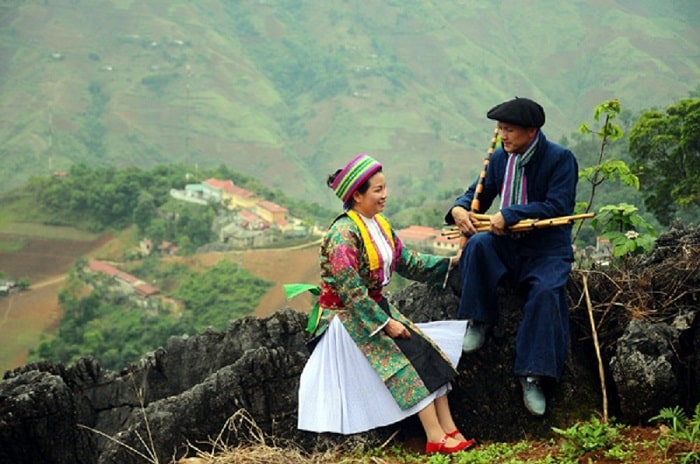
Conclusion: The Music That Echoes Through the Mountains
Ha Giang’s folk music is not just entertainment - it is a living archive of stories, emotions, and ancient wisdom. Each melody reflects the resilience, beauty, and diversity of the region’s ethnic communities.
Whether it's the haunting sound of the Hmong khen, the gentle singing of Tay Then, or the vibrant drumming of the Lo Lo, Ha Giang folk music invites you to experience the soul of northern Vietnam.
If you are planning a journey to Ha Giang, take time to listen - really listen - to the mountain melodies. You’ll discover that the music is just as unforgettable as the scenery.
Ready to plan, get a price, or just ask questions?
👉 Call/WhatsApp The Loop Tours — Hotline: +84862443320


